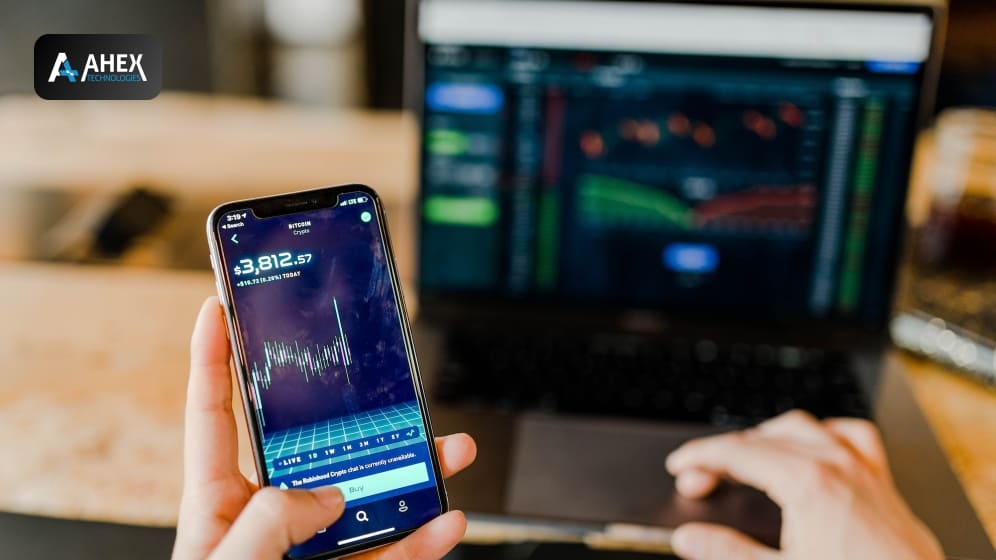
As more and more people become interested in investing, the demand for reliable and secure trading platforms continues to grow. Building a trading platform that meets the needs of investors while also ensuring the security of their funds and personal information can be a challenging task. In this article, we’ll explore some key considerations for developing a reliable and secure trading platform.
1. Define the Requirements
Before beginning development, it’s essential to define the platform’s requirements. These requirements should include both functional and non-functional aspects, such as the types of assets to be traded, order types, user roles and permissions, and security features. A clear understanding of the requirements will help ensure that the platform meets the needs of its users.
2. Choose the Right Technology Stack
The technology stack chosen for a trading platform should be scalable, reliable, and secure. The platform should be built on a robust architecture that can handle high traffic volumes and provide fast response times. The choice of programming languages, databases, and development frameworks will impact the platform’s performance and security.
3. Implement Robust Security Measures
A trading platform must be built with security in mind. Implementing security measures such as SSL encryption, two-factor authentication, and secure storage of user data is essential to protect users’ personal information and funds. The platform should also be designed to prevent common attacks such as DDoS attacks and SQL injection attacks.
4. Conduct Extensive Testing
Extensive testing is crucial for ensuring that a trading platform is reliable and secure. Testing should include functional testing to ensure that the platform meets the requirements, as well as load testing to evaluate its performance under high traffic volumes. Security testing, including penetration testing and vulnerability scanning, should also be conducted to identify potential security risks.
5. Ensure Compliance with Regulations
A trading platform must comply with regulatory requirements in the jurisdictions in which it operates. These requirements may include Know Your Customer (KYC) and Anti-Money Laundering (AML) regulations, as well as financial reporting requirements. Compliance should be built into the platform from the outset to avoid potential legal issues down the line.
Conclusion
Developing a reliable and secure trading platform requires careful consideration of the platform’s requirements, technology stack, security measures, testing, and regulatory compliance. By taking a comprehensive approach to development, trading platforms can provide users with a seamless and secure trading experience.
Check more Service Web development | AngularJS development | ReactJS development | Mobile Application development | .Net development.








